Well, who would’ve thought that mixing copious amounts of cash into the economic blender would create such a soufflé of inflation? Kudos to the Trudeau government for turning the simple act of printing money into a blockbuster hit. Clearly, they’ve given “money talks” a whole new meaning, leaving us to wonder if they moonlight as economic illusionists. Bravo, Trudeau, bravo!
Managing Inflation Amidst COVID Spending: Insights from Former Finance Minister
In recent times, the global economic landscape has been marred by a concerning surge in inflation. A revelation that has stirred discussions is the acknowledgment made by a former Liberal finance minister regarding the role of the Trudeau government’s COVID spending in this economic turmoil.
Unveiling the Link Between COVID Spending and Inflation
In an exclusive interview with the Harvard International Review on August 14th, Bill Morneau, the former Finance Minister of Canada, candidly disclosed a pivotal connection between the current inflation crisis and the extensive COVID-related expenditures undertaken by the Trudeau administration. Morneau highlighted that while the initial efforts to combat the pandemic were crucial, there were instances of over-expenditure. This was not an issue unique to Canada; various other nations encountered similar challenges.
Morneau underscored a critical concern: the duration of these spending initiatives. He expressed that these programs persisted for an extended period, resulting in an influx of funds into the economy that surpassed the actual requirement. “The bigger issue was they went on for too long, and that meant that we put more money into the economy than we needed to,” he elaborated. Consequently, the aftermath of this prolonged spending spree manifested in an excess demand for goods and services, a scenario inherently conducive to inflation.
The Ripple Effects of Prolonged Spending: Impact on Economy and Citizens
The Trudeau government’s response to the so-called COVID-19 pandemic involved disbursing substantial sums to individuals who sought Canadian Emergency Response Benefits (CERB) due to work restrictions enforced under COVID regulations. Regrettably, recent developments reveal that the Canadian Revenue Agency (CRA) is currently engaged in reclaiming $3.2 billion from recipients who were erroneously granted CERB despite their ineligibility. Legal battles ensue as many recipients contest the repayment of government funds.
Pierre Poilievre, the leader of the Conservative Party of Canada, expressed his condemnation of the excessive spending by the government, particularly emphasizing its allocations to platforms such as X (formerly known as Twitter). Poilievre underscored a significant realization: “Despite Trudeau’s endless excuses, his own former Finance Minister says overspending caused inflation. Who knew? Printing money causes inflation.”
Beyond COVID: The Complex Tapestry of Financial Decisions
Recent revelations, including the contents of a disclosed memo, shed light on the Trudeau government’s strategic allocations for vaccine passports. Remarkably, these allocations extend until 2026, a curious decision considering the World Health Organization’s (WHO) declaration that the pandemic has concluded.
Adding to the economic landscape’s complexity is the Bank of Canada’s decision to increase its key lending interest rate to 5%. This rate hike has a direct impact on mortgage costs for Canadian citizens, potentially leading to financial strain for many households. This rate is the highest recorded since 2001, and it echoes the broader global trend of inflation.
Fiscal Choices and Their Impact on National Debt
The overarching narrative is one of mounting concern regarding the Liberal government’s fiscal decisions under Trudeau’s leadership. Borrowed funds have been channelled into both COVID-related endeavors and ideologically driven programs, propelling the country’s debt to an alarming figure surpassing $1 trillion. This dramatic increase in debt is palpable; in less than two years, from 2019 to the present, the nation’s debt has nearly doubled from approximately $685 billion to around $1.2 trillion.
Critics have not held back in their assessment of these financial decisions, often branding them as “reckless.” In this context, the connection between the government’s spending and the ongoing inflationary crisis becomes more salient.
Impact of “Climate Change” Initiatives on Inflation
A pertinent factor that has contributed to the inflationary dynamics is the Trudeau government’s “climate change” programs. These initiatives, deemed by some provincial leaders as “extreme,” have been acknowledged by the Bank of Canada as contributors to the inflation surge. The implementation of fuel-related tax hikes, coupled with the decision to align with global agendas like the United Nations’ “2030 Agenda for Sustainable Development,” has influenced inflation through various avenues.
As part of these initiatives, measures to phase out or reduce the utilization of coal-fired power plants, nitrogen-rich fertilizers, and natural gas have been adopted. The consequences of these actions are evident in the elevated costs associated with everyday goods transported by trucks.
In Conclusion: The Intersection of Spending and Inflation
The intersection of prolonged COVID spending and inflation has garnered significant attention, largely due to the insights shared by Bill Morneau, a former Finance Minister. The nexus between extended spending initiatives and an oversupply of funds within the economy has provided a clear lens through which the current inflation crisis can be understood. As Canada navigates these economic challenges, the implications of fiscal decisions, climate initiatives, and their cumulative effect on inflation continue to shape the nation’s financial trajectory.






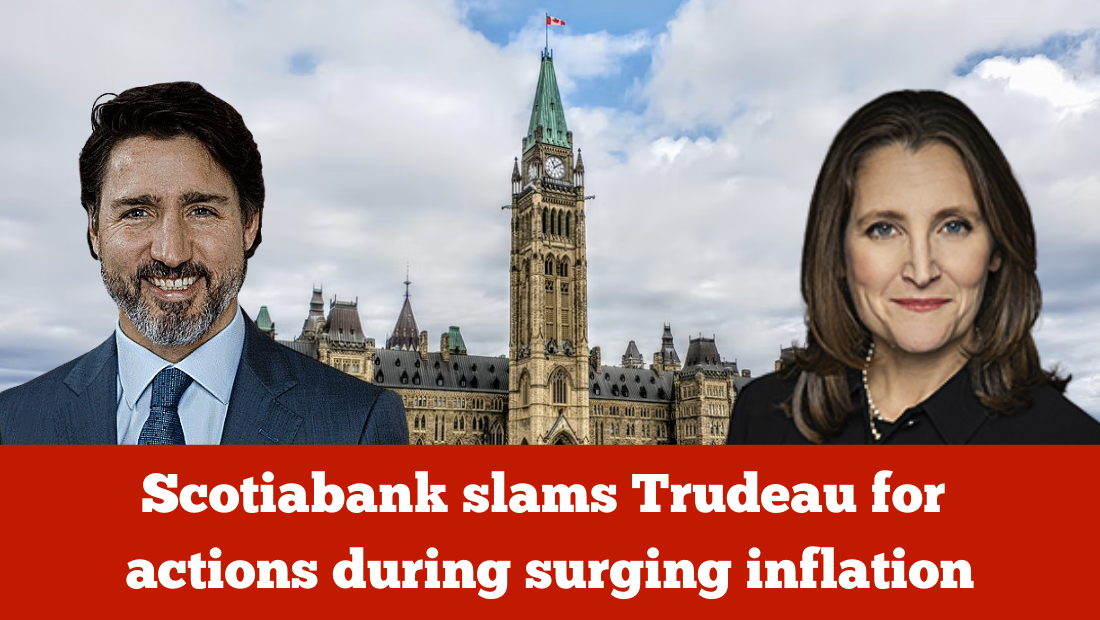
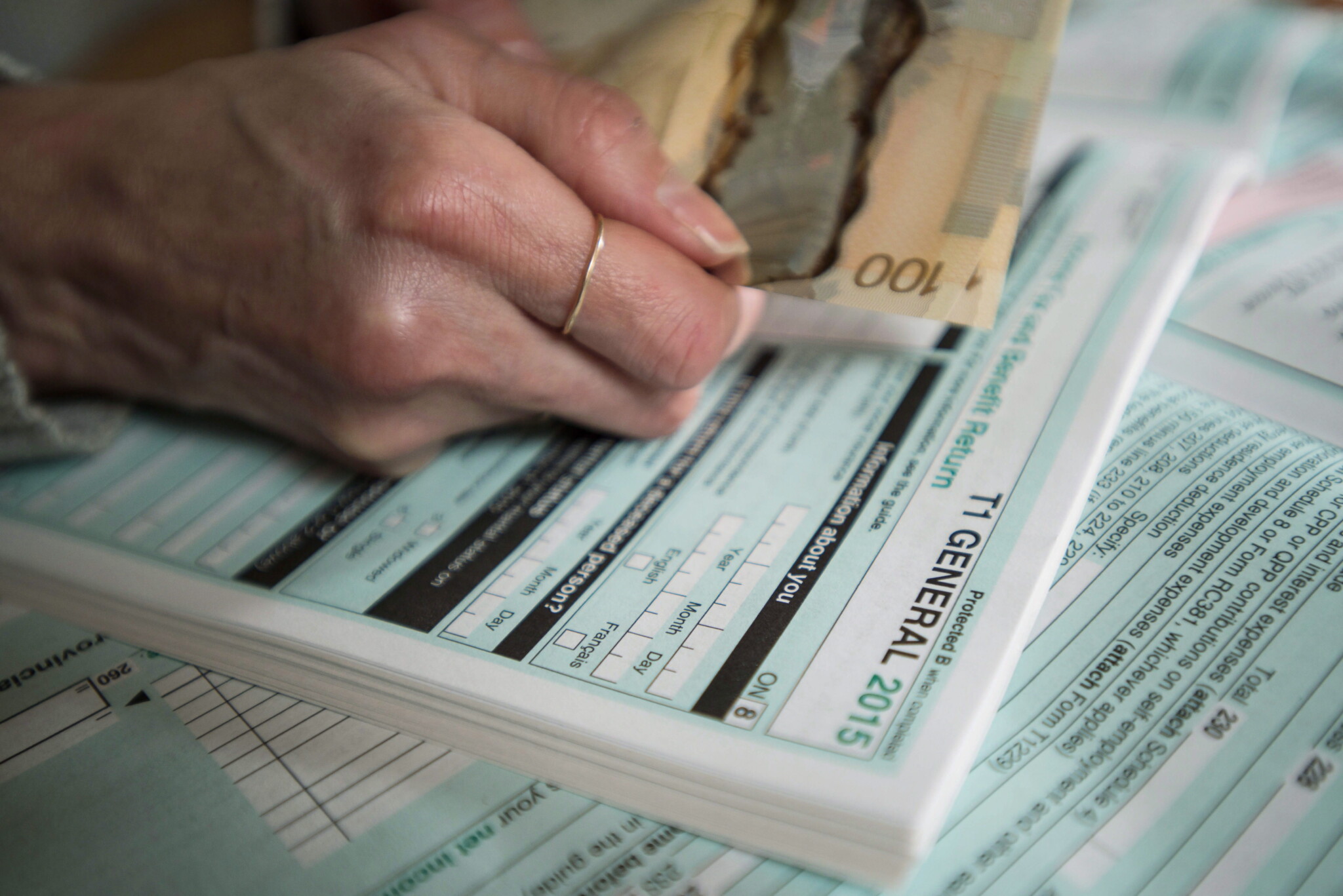
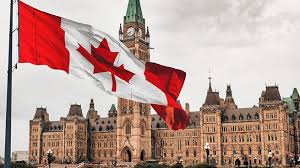
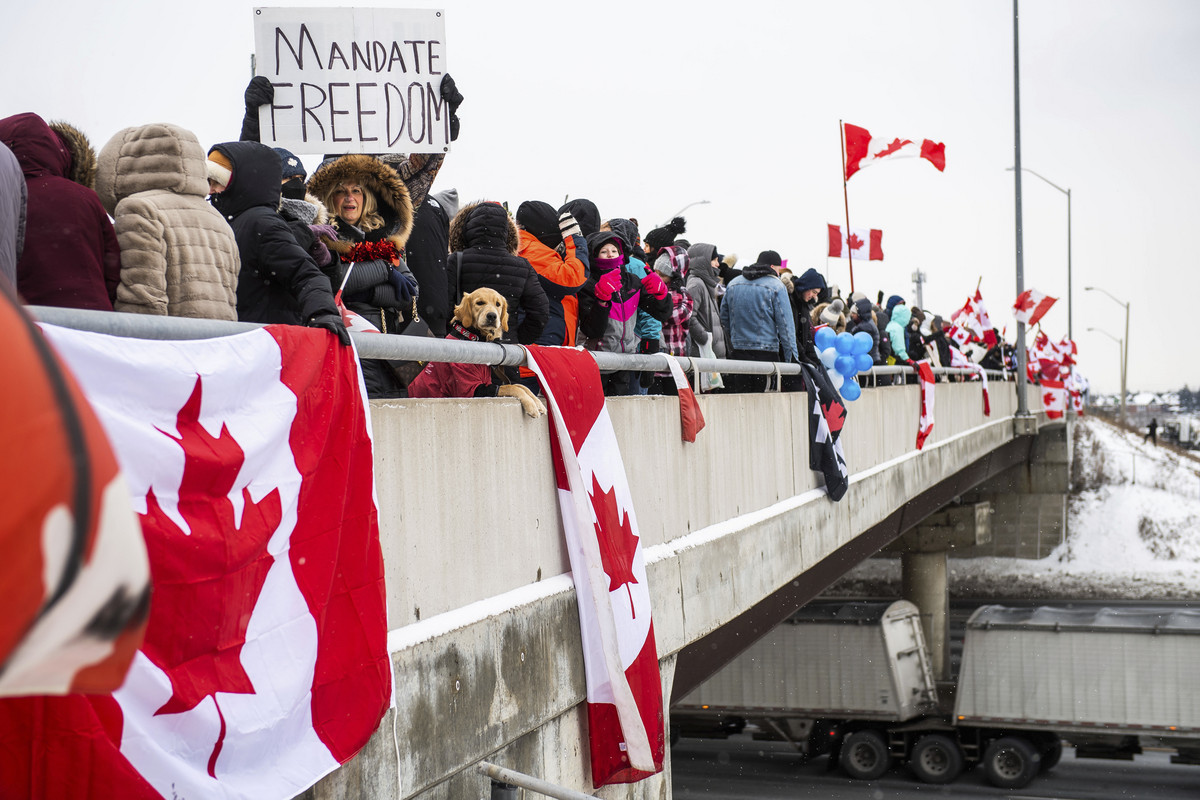
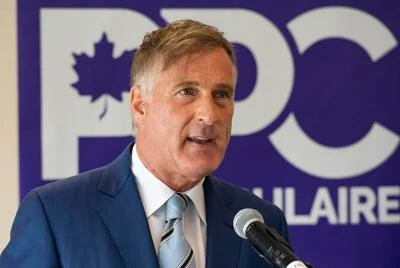
One thought on “Did Printing Money for Pandemic Relief Inflate Our Woes? Exploring the Trudeau Government’s Spending Impact on Canada’s Inflation Crisis”